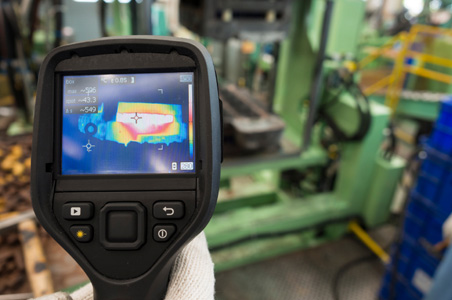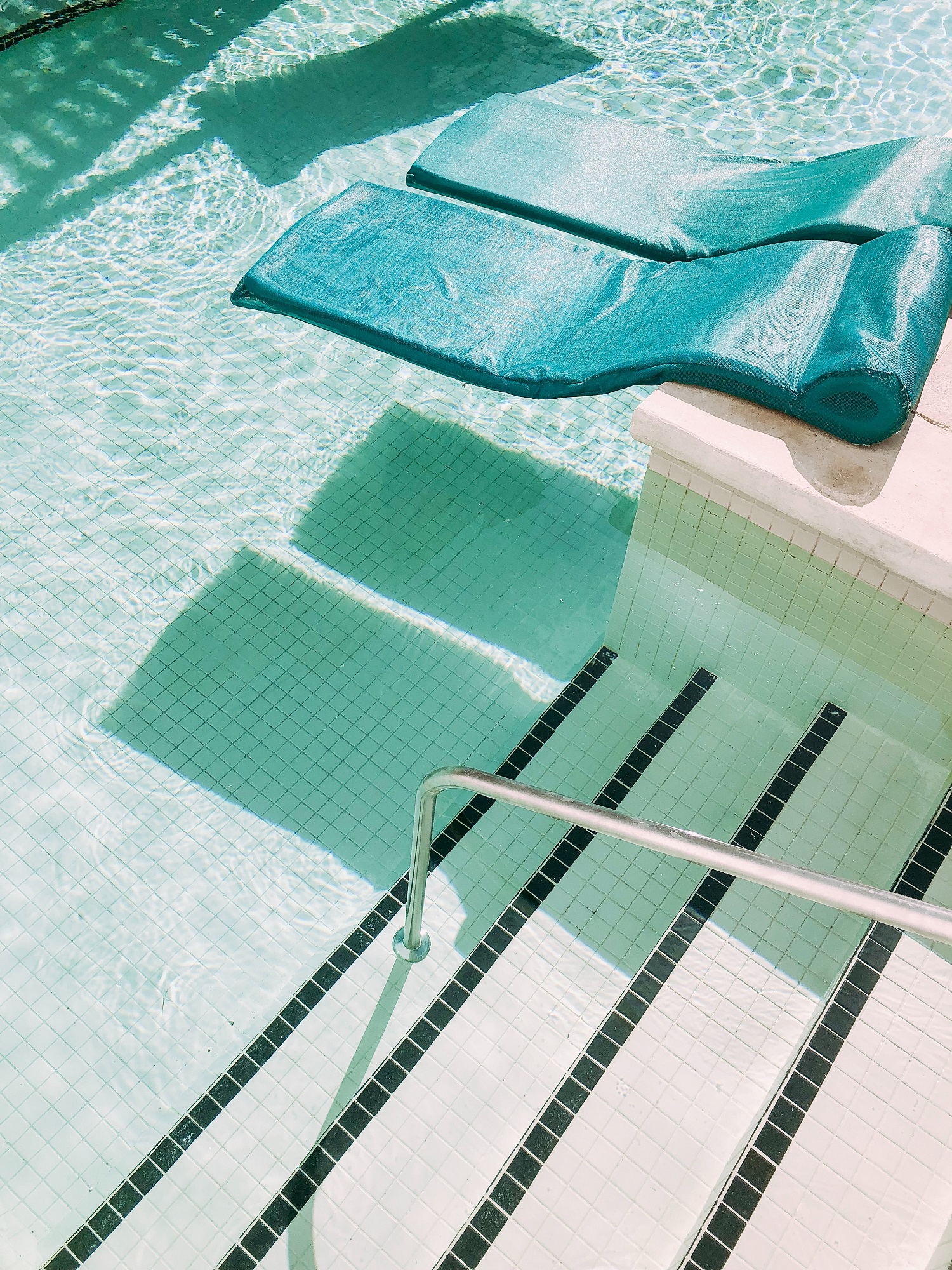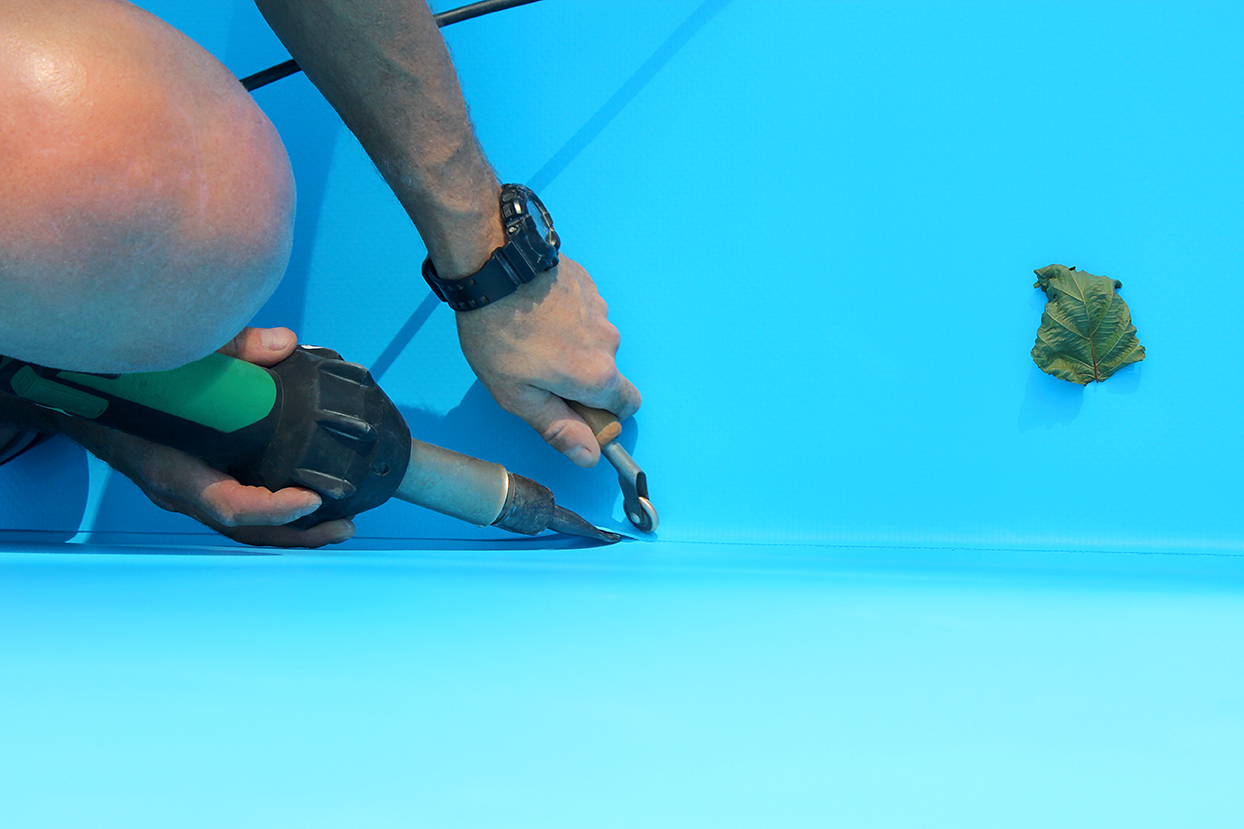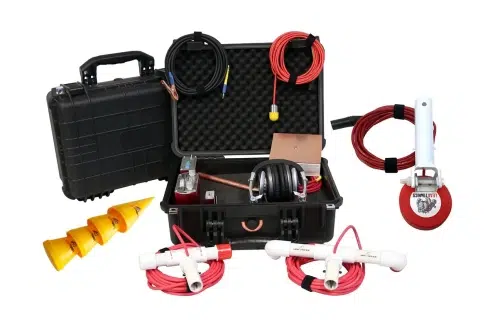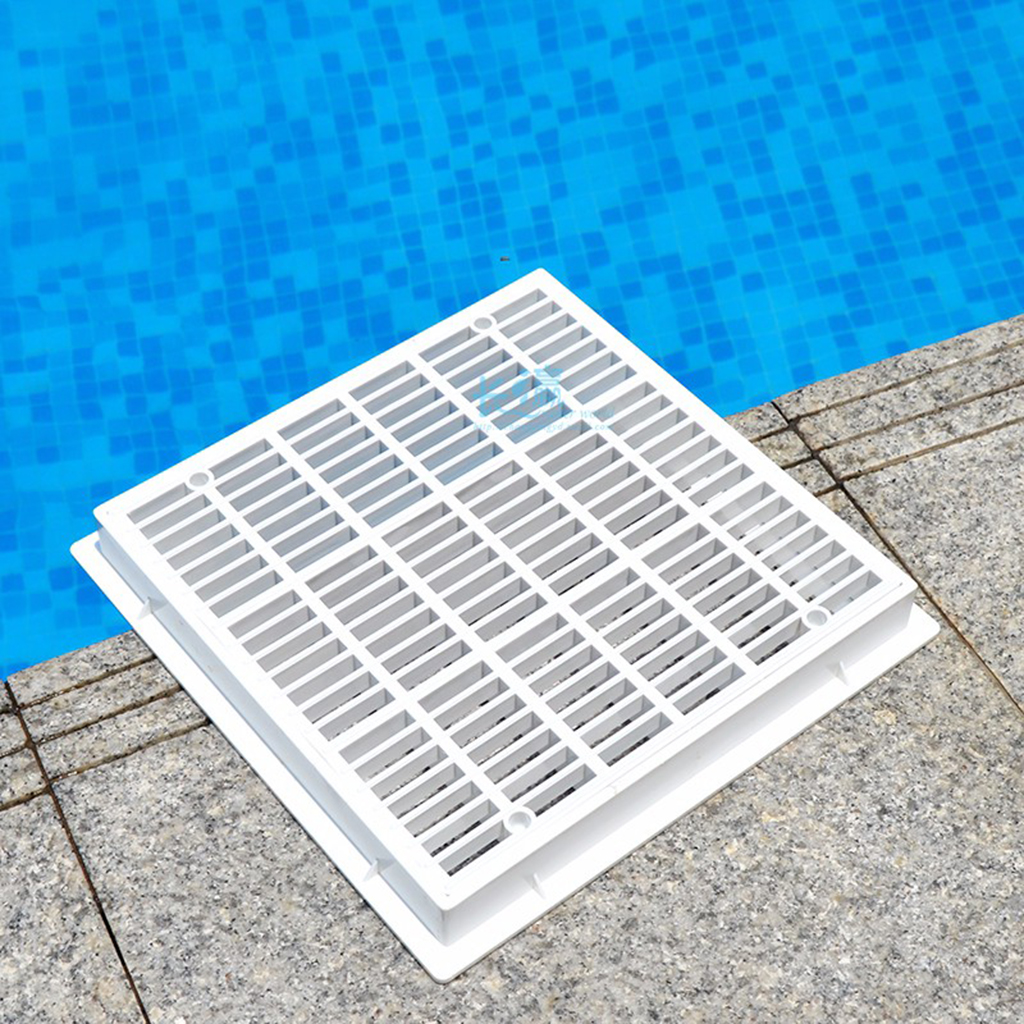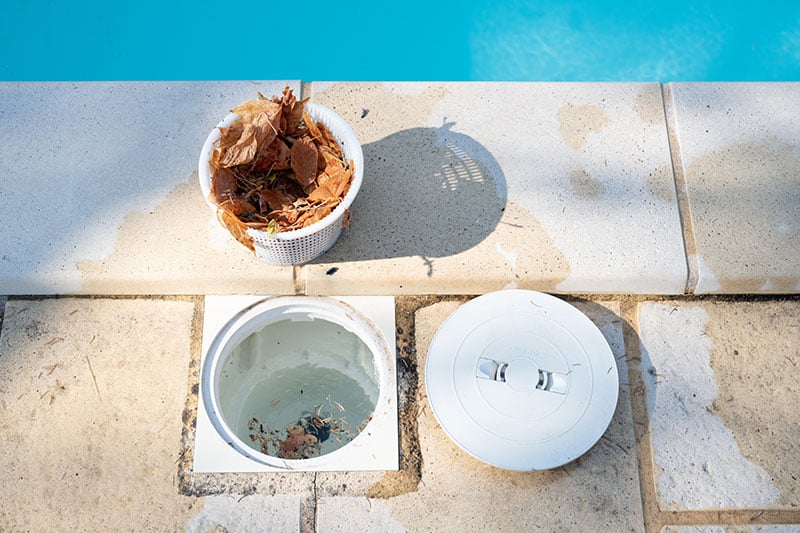Introduction:
Pool lights not only enhance the ambiance of your pool but also play a crucial role in ensuring safety during nighttime swimming. However, like any electrical component, pool lights can experience issues over time. In this article, we will delve into the importance of pool light repairs and the benefits they bring to maintaining a safe and sparkling swimming experience. From addressing electrical malfunctions to improving visibility, pool light repairs are essential for the optimal functioning of your pool.
I. The Significance of Pool Light Repairs
1. Safety and Visibility:
Properly functioning pool lights are vital for ensuring safety during nighttime swimming. Pool lights illuminate the water, allowing swimmers to see clearly and navigate the pool without any hazards. When pool lights malfunction or become dim, it can lead to reduced visibility, increasing the risk of accidents or injuries. Timely pool light repairs help maintain a well-lit pool environment, ensuring the safety of swimmers.
2. Aesthetics and Ambiance:
Pool lights contribute significantly to the overall aesthetics and ambiance of your pool area. They create a captivating atmosphere, enhancing the beauty of the pool and its surroundings. Whether you prefer a vibrant and colorful display or a serene and relaxing setting, functional pool lights are essential for creating the desired ambiance and visual appeal.
3. Electrical Efficiency:
Malfunctioning pool lights can consume more electricity than necessary, resulting in higher energy bills. Additionally, electrical issues in pool lights can pose a risk of electrical shock if not addressed promptly. Pool light repairs help ensure that the lights operate efficiently, minimizing energy consumption and reducing the potential for electrical hazards.
II. Common Pool Light Issues and Repairs
1. Bulb Replacement:
One of the most common pool light issues is a burnt-out or malfunctioning bulb. Over time, bulbs may wear out or become damaged due to exposure to water and chemicals. Pool light repairs often involve replacing the bulbs with new ones to restore proper functionality and brightness.
2. Wiring and Electrical Repairs:
Electrical issues can arise in pool lights due to wiring problems, faulty connections, or water infiltration. These issues can cause the lights to flicker, dim, or completely stop working. Pool light repairs involve inspecting the wiring, repairing any damaged connections, and ensuring proper insulation to prevent future electrical problems.
3. Sealing and Waterproofing:
Since pool lights are exposed to water, it is crucial to maintain proper sealing and waterproofing to prevent water damage and electrical issues. Pool light repairs may involve resealing the light fixtures, replacing gaskets, or applying waterproofing materials to ensure a watertight seal, protecting the lights from water infiltration.
III. Benefits of Professional Pool Light Repairs
1. Expertise and Safety:
Professional pool light repairs ensure that the repairs are conducted by trained technicians with expertise in handling electrical components and pool equipment. They have the necessary knowledge to diagnose issues accurately and perform repairs safely, minimizing the risk of electrical hazards.
2. Proper Equipment and Tools:
Professional pool repair companies have access to specialized equipment and tools required for efficient pool light repairs. They are equipped with the latest diagnostic tools, replacement parts, and waterproofing materials, ensuring that the repairs are done effectively and to industry standards.
3. Long-Term Cost Savings:
By addressing pool light issues promptly and professionally, you can avoid costly repairs or replacements in the future. Regular maintenance and timely repairs help extend the lifespan of your pool lights, reducing the need for more significant repairs down the line. This translates into long-term cost savings for pool owners.



